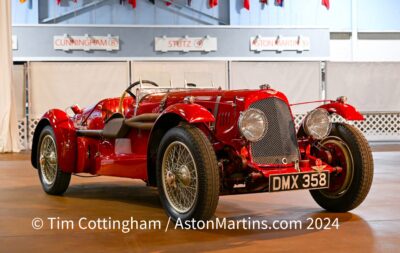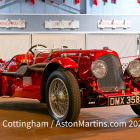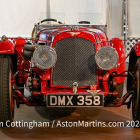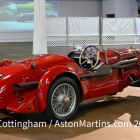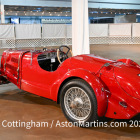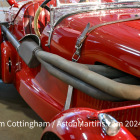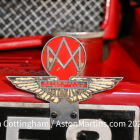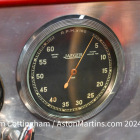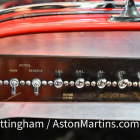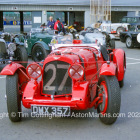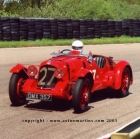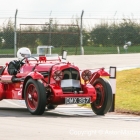Designing a totally new engine would have been far too expensive especially if new tooling was needed, so that the 1½ litre Renwick and Bertelli engine was modified and enlarged to 1949cc. The new engine (in dry sump form) first saw daylight in the Team Cars destined for the 1936 Le Mans 24 hour race. To be able to compete in the French Classic, it was necessary for a manufacturer to have ‘sold, built or stocked’ 30 cars, three weeks prior to the race. In fact 25 chassis were laid down by this time and the Team Cars were permitted to enter. It was very unfortunate that due to industrial action and political problems in France at the time, the race organisers, the ACO cancelled the race at very short notice. For some time, the AMOC register referred to the two Team Cars as LM22 and LM23 although the cars may never had actually cared those numbers. As the pair of Team Cars were quickly sold off after the cancellation of Le Mans and were never officially raced by the Works Team, they are now known as G6/701/UR and G6/702/UR. The factory subsequently withdrew from racing altogether. Whilst very similar to the Ulster, the 2 litre Team Cars had front wings that were attached to the chassis by stays and bracing and thus they no longer turned with the steering – a familiar Aston Martin trademark feature was lost.
Once sold, one of the cars was entered privately in the 24 hour race at Spa, Belgium. Although it didn’t finish, it did perform very well indeed.
The car shown here is chassis number 702, which I saw for the first time at the AMOC Horsfall meeting at Silverstone in September 2002. It competed in the annual Horsfall race which is specifically reserved for pre-war Aston Martins. If the register is correct, this would have been the very first time that this important car has ever been in this longstanding classic race.



